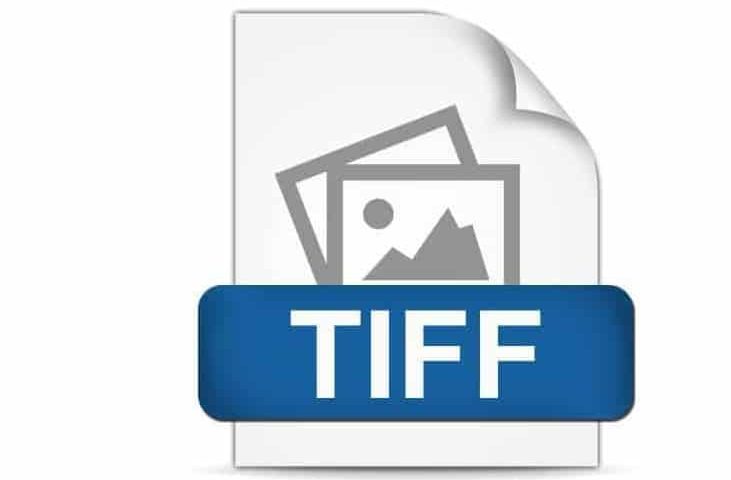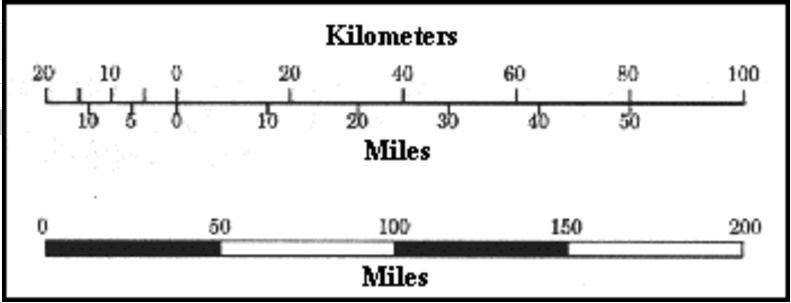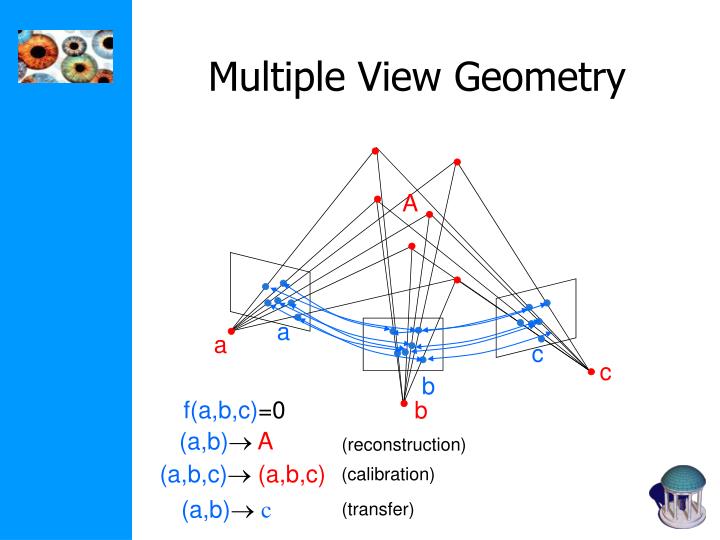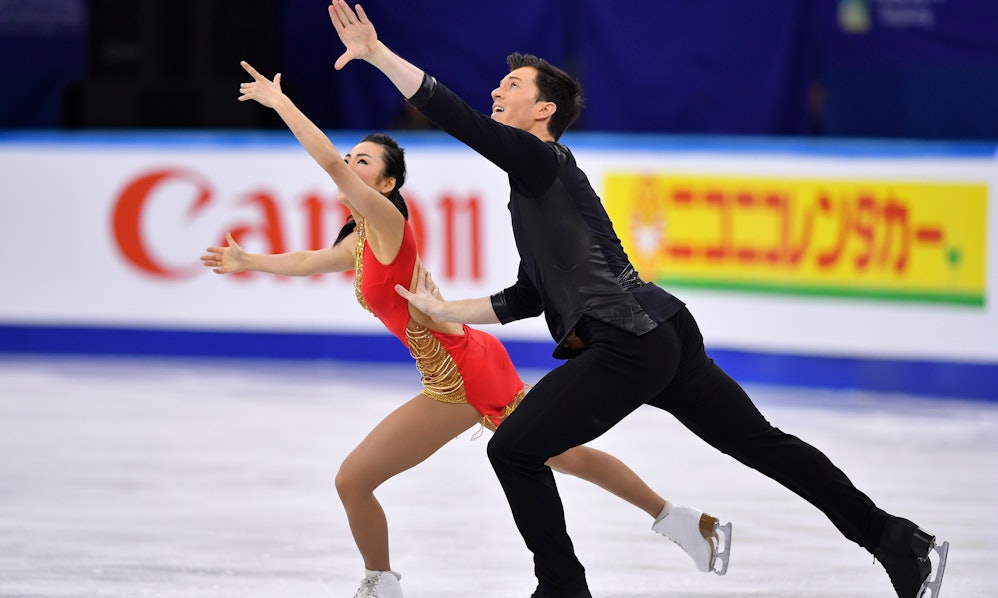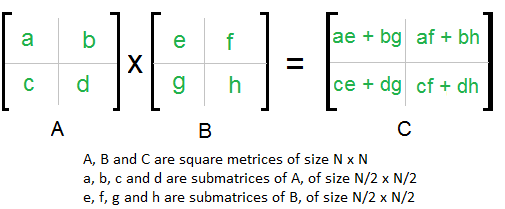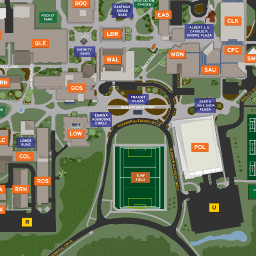The same issues from yesterday carried over to today. Thus, I needed Ethan's help to ensure the python program was able to grab the folders of image clippings and produce results that I could use to compare the broadcast system with the fixed focal length system.
Ethan went through the program and was able to solve many of the syntax errors and work with the program to make sure it was grabbing images from the appropriate places. During this process, he taught me quite a bit about directories. He explained that they are the places where the program is looking for the input.
He determined that the program didn't actually find a percentage accuracy, but rather was supposed to produce images that has numbers written above them to indicate the jersey number that the computer was recognizing. Joe concurred that this was the purpose of the program.
Even after fixing the program for our specifications, the program didn't seem to accomplish any task. In fact, the original image was the same as the returned image. Thus, the program was not functional for comparing the broadcast and fixed focal length system. Due to time constraints, it became infeasible to write new code that would find specific percentages or return images with the predicted jersey numbers. In fact, finding specific percentages would require the numbers on the players to be read manually. Not all of the clippings have that quality, so using such a method would skew the data.
Therefore, we decided that I should simply work on finding the pixels that make up the numbers on each jersey. Now, I will go through image J and the two sets of clippings to find this data.
